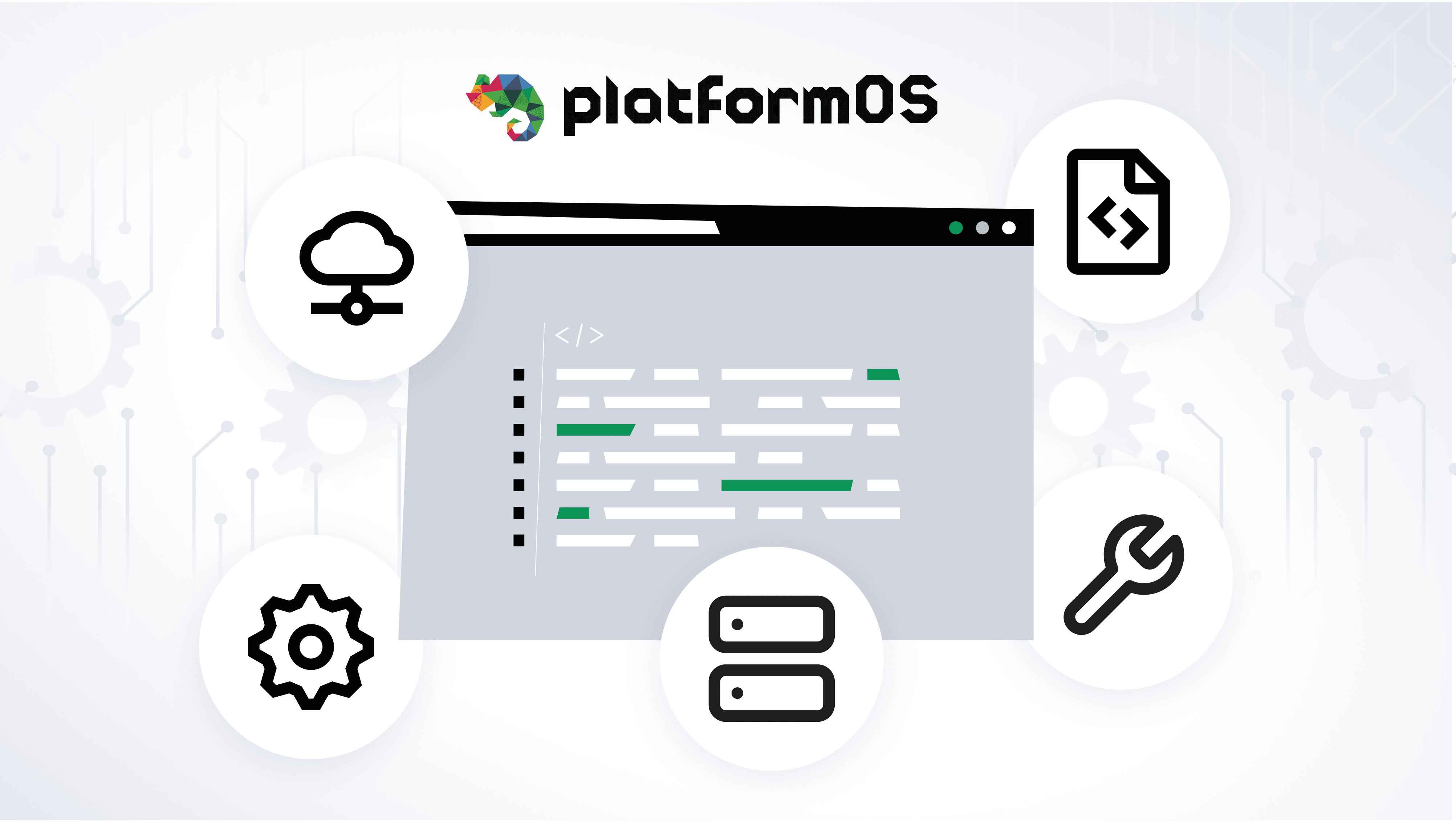





Platform Engineering has recently sparked countless discussions on how organizations are reevaluating their approach to managing development pipelines, reducing complexity, and delivering software reliably at scale.
A fresh article on The New Stack posed a critical question at the heart of these discussions: Should you invest in Internal Developer Platforms (IDPs) or not?
In that piece, various industry experts weighed in on the pros and cons of IDPs, highlighting both the potential velocity gains and the complexity that can arise from building (and maintaining) such platforms in-house.
From that debate, one theme emerges loud and clear:
Whether you choose to roll your own IDP or leverage existing solutions, ease of use, flexibility, and end-to-end management are essential for smooth platform engineering.
This is precisely where platformOS steps into the conversation. Focusing on automated DevOps, multi-tenancy, and robust open-source abstraction layers, platformOS offers a powerful approach that goes beyond traditional PaaS or IDP offerings.
Below, we’ll explore the core takeaways from the IDP face-off and share how we solve these challenges so you can focus on creating value for your users and stakeholders.
One key argument favoring building an IDP is the opportunity to accelerate development by providing developers with a self-service platform. However, the more you tailor an IDP to your organization’s needs, the greater the operational burden can become. Teams can quickly find themselves maintaining complicated systems rather than building new features.
Another frequent pain point is the complexity of managing infrastructure. Integrating disparate tools and environments can overwhelm teams as organizations move toward microservices or adopt a multi-cloud strategy. Without a cohesive solution, managing a fragmented infrastructure becomes an obstacle rather than a facilitator.
Development teams want to spend more time coding and less time wrestling with operational tools. IDPs aim to shield developers from the nitty-gritty of infrastructure, but if designed poorly, they can introduce new complexities. If they don't reduce operational overhead enough, teams are left juggling countless infrastructure tasks. On the other hand, if they conceal too much, developers can struggle to diagnose performance or configuration issues when something goes wrong.
For many organizations, the choice isn’t purely whether to have an IDP, but how to build it. Some opt for an entirely in-house approach; others look for a platform or framework that handles the heavy lifting. The trade-off? Building your own yields a perfect fit for internal needs (in theory), while purchasing or adopting a managed solution delivers speed to market and external support.
At platformOS, we’ve devoted years of focused work and resources to addressing these challenges. While the IDP debate continues, we believe in a core principle:
Delivering a simpler, scalable way to build and manage applications so organizations can focus on business value, not platform upkeep.
Here are some of the ways we tackle this:
No in-house DevOps team is required.
We know that operating, monitoring, and securing highly available platforms requires increasingly specialized skills and can quickly drain resources. That’s why platformOS provides automated DevOps in a managed environment. From continuous integration/continuous deployment (CI/CD) pipelines to automated testing and monitoring, we bundle DevOps best practices, so your team can skip the infrastructure overhead and accelerate delivery.
Easily host multiple applications or serve multiple clients.
Multi-tenancy is a built-in feature of platformOS. This frees you from the complex and sometimes costly process of designing a custom multi-tenant architecture. Whether you’re supporting separate business units, external clients, or various staging environments, our platform ensures each tenant’s data is kept isolated and secure—right out of the box.
Focus on creating business value, not wiring up endpoints.
platformOS provides abstraction layers like Liquid and GraphQL, which are both extensively supported and documented. These layers streamline data modeling, querying, and rendering, allowing you to concentrate on logic and user experience rather than wrestling with backend integrations.
Scale at your own pace, on your terms.
We recognize that some organizations need more control over where and how they host applications, usually for regulatory, compliance, or cost reasons. With platformOS being Infrastructure Agnostic, you can start on a fully managed environment (including a private cloud solution) and later transition to a dedicated or self-hosted infrastructure - even up to bare metal servers in your own data center.
This flexibility means you never have to rip and replace; you can simply evolve your deployment model as your business needs grow and change.
The recent debate about IDPs highlights the need for solutions that reduce complexity while enabling agility. While the promise of an in-house IDP can be exciting, the overhead of building and maintaining it can become a bottleneck.
By choosing a solution like platformOS, you can minimize that complexity through automated DevOps, built-in multi-tenancy, powerful abstraction layers, and a flexible hosting model that grows with you.
Instead of navigating an ever-expanding toolbox of third-party solutions or continuously reinventing your development platform, your teams can stay focused on delivering software and business value.
Whether you decide to build or buy your IDP, remember the litmus test: does your platform ultimately reduce the friction between idea and delivery? If not, the friction wins, and you lose valuable time and market opportunities. With platformOS, we aim to keep that friction low so you can stay on the path of innovation.
Let platformOS handle the heavy lifting so you can focus on innovation.